Science Lesson for Project Work/サイエンスレッスン紹介
Here is an introduction to lessons at CGK Afterschool.
CGKアフタースクールでのレッスンについて紹介いたします。
CGK's eight-week-long project works will be based on the main “Driving Question”.
Here are the Driving Questions for this "Science" lesson.
CGKの8週間に渡って行うプロジェクト活動では、メインとなる「ドライビングクエスチョン」に基づいて学んでいきます。
今回の「サイエンス」レッスンでのドライビングクエスチョンはこちらです。
"The Earth is running out of room and we need to find another planet to continue building houses on. Which planet would be the best to do this on and why?"
「地球上にはスペースが無くなってきていて、人々のための住居を建てるには他の惑星を見つける必要があります。どの惑星が1番適しているでしょうか?」
We followed this question with fun lessons each week that drew the student's interest.
Here are the comments of Mr. Bobby, the teacher who was in charge of the lessons.
この問いに沿って、毎週子供たちの興味を引き出す楽しいレッスンを行いました。
担当していたBobby先生のコメントをつけてご紹介します。
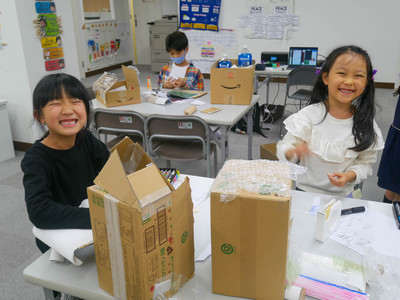
Week 1
The entry event started with the class reading a letter from a friend named Bill Dirty asking the CGK first graders on what planet he can build houses. The students then watched a few different videos about planets and also about resources that our planet uses.
レッスンの最初は、”Bill Dirty”という友人(*架空)からの手紙で始まりました。CGKの1年生に向けた手紙には、どの惑星に新しく家を建てることができるかというものでした。そして、生徒たちは惑星に関するビデオをいくつか見たり、私達の惑星、地球にはどんな資源があるのかという映像も見て学びました。
Week 2
The students created Think and wonder charts about each planet. Each student started at a different planet and for five minutes and to think up questions, or something they know about the planet. The class was very difficult but the student came up with great questions like why there got the names of planets and why they are certain colors.
今週は、惑星に関する”Think and Wonder”チャート作りから始まりました。それぞれの生徒はそれぞれ違う惑星について知りたいことや、すでに知っていることについて考えました。少し難しい内容でしたが、生徒たちは、「惑星の名前の由来」や「惑星ごとの色の違い」というとても興味深い質問を考えることができました。
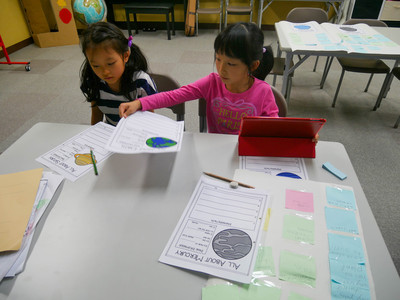
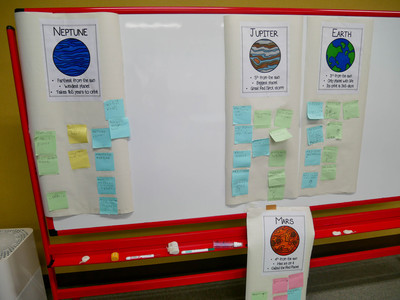
Week 3
The class was spent looking at their charts they made and think of pros and cons about living on or building on that planet. The students watched a few more videos about planets in our solar system.
クラス全体で先週作成したチャートを振り返り、それぞれの惑星について、家を建てて住むことの良い点、悪い点について考えました。そして、さらに太陽系の惑星について動画を見て学びました。
Week 4
Students used their findings from last week to think about what planet they will be building on. One group picked Mars and a second group picked Neptune. The groups jobs was to answer the questions that they thought of on their anchor charts. At the end of the class the groups presented the planet they were choosing and why.
生徒たちは先週考えたことを参考に、どの惑星に家を建てるか考え始めました。一つのグループが火星を選び、もう一つのグループが海王星を選びました。この週の課題は、以前のアンカーチャートでまとめた生徒たちが知りたい質問の答えを探すことです。レッスンの最後には、グループごとになぜその惑星を選んだのか理由を発表しました。
Week 5
Students watched a few videos about terraforming on mars and what it would be like to live on other planets. The students then created a short presentation about the planet they chose and started working on their home designs.
生徒たちは、火星における「テラフォーミング」について動画を見て、他の惑星に住むことがどのようなことか考えました。そして、自分たちが選んだ惑星に住むことについてまとめたことを発表し、その惑星に建てる家を制作し始めました。
※テラフォーミングとは、地球以外の惑星を地球化させることで、生徒たちは地球にある資源をよく理解し、他の惑星で人が生きていくためのその資源をどう手に入れるか考え、それらを確保できる家作りを始めました。
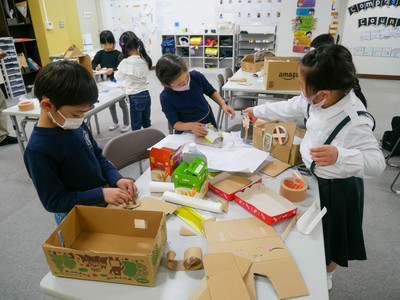
Week 6
The Student teams drew up their home designs thinking about what humans need to survive and how they will make that happen on their planet of choice. After their drawings were finished they begin to pick the materials they will need to build models of their homes.
生徒たちは、人間が生き延びるために必要なものは何か、そしてそれを自分たちの選んだ惑星でどのように実現するかを考えながら、自分たちの家の設計図を描きました。図面が完成した後は、自分たちの家の模型を作るのに必要な材料を選び始めました。
Week 7 - 8
The class was spent working on their designs and building the models of the homes they created. Before presentation time, the teams practiced their presentations and made notecards with talking points they wanted to share.
最終プレゼンテーションに向けて、グループごとに選んだ惑星に建てる家の模型作りに取り組みました。最終週のプレゼンテーション前には、ノートカードを使って発表の練習をしました。
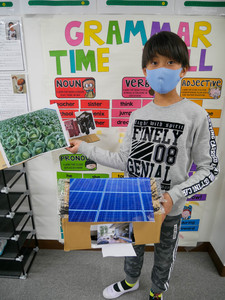

In the presentation, each group was able to present their own idea of a house, while also properly explaining why they came up with the house they did.
This lesson was a good opportunity for the students to appreciate the fact that they are able to live without inconvenience on the earth and to think about taking care of the earth.
プレゼンテーションでは、各グループごとに自分たちが考えた家を発表しながら、「なぜこのような家になったのか」という理由もきちんと説明することができていました。
地球で不自由なく生活できることに感謝し、地球を大切にしようと考えるきっかけになるレッスンでした。
The next lesson is learning how to make public facilities (parks, etc.) in the city more sustainable.
What we learn at CGK may be a small step in protecting the environment, but I believe that the time we spend investigating and thinking together with the children will lead to the future.
次のレッスンとして、街にある公共施設(公園など)をどうしたらよりサステイナブルなものにできるか考え学んでいます。
CGKで学ぶことは環境を守るには小さな一歩かもしれませんが、子供たちと一緒に調べたり考えたりする時間が未来につながっていくと信じています。
Author Profile
-

-
Saeda Sueki-Au-Yeung - School Director (Japan)

School Director of CGK International School.
Graduated from a 4-year university in America, joined women's soccer team (National Champion).
After working in childcare and management at CGK Preschool and CGK Afterschool, she became the director of the entire CGK International School.



